Pop Culture’s Most Memorable Alien Invasions
They don't always come in peace, but they often come in outstanding outfits.
Expedition Unknown: Hunt for Extraterrestrials will land on your television this October. In the interim, consult our guestbook of Earth’s strangest visitors—the good, the bad, and the Bowie.
1897: The War of the Worlds
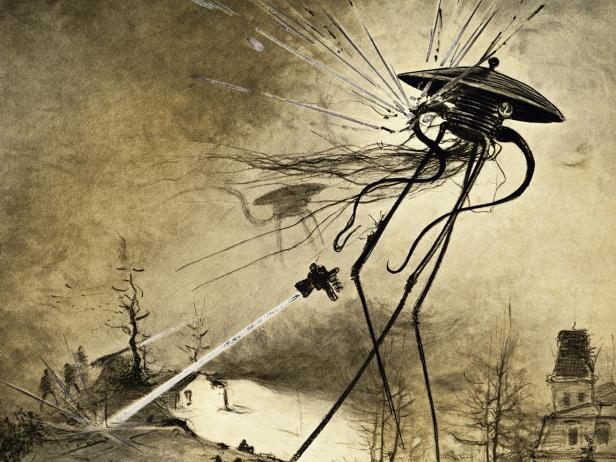
Bettmann
H.G. Wells’ serialized novel—first published in the U.K. in Pearson’s Magazine and in the U.S. in Cosmopolitan(!)—featured one of fiction’s very first interplanetary battles. Contrary to popular belief, Orson Welles’ 1938 radio adaptation of the story did not create a massive panic among listeners who believed they were hearing a genuine news report of mayhem in New Jersey. A 2016 sequel penned by a Wells expert to celebrate the author’s 150th birthday features the aliens’ return—and this time they’ve taken care to protect themselves against the infection that flattened them the first time around. The (or a) moral of the story: Prepare for flu season.
1956: Invasion of the Body Snatchers
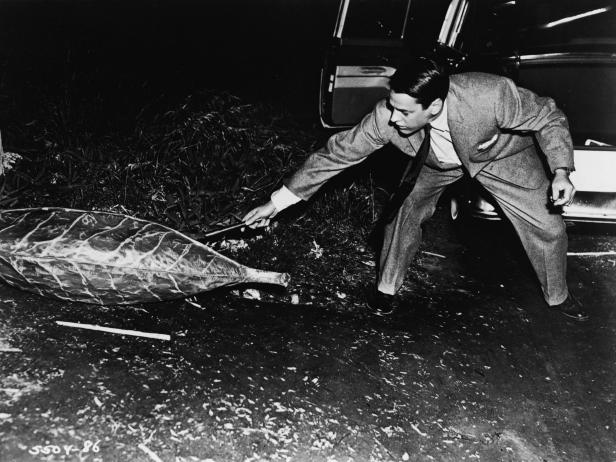
Allied Artists
Gardening is boring, eh? Consider Santa Mira, Calif., where spores from outer space have taken root and grown into malevolent seed pods that create emotionless alien replicas of the humans they encounter (hence the term “pod people”). Know that seeing Invasion of the Body Snatchers (and/or its equally chilling 1978 remake, set in San Francisco) will both enliven and completely ruin the experience of walking through the prizewinning gourd displays at state fairs (and/or San Francisco).
1963: Doctor Who
Per the folks at Guinness World Records, BBC’s Doctor Who is the most successful sci-fi show of all time (sorry, Star Trek). That might seem ridiculous to the uninitiated, given that it stars a goofily-dressed, perpetually-regenerating alien who travels through time and galaxies with a police box and a sonic screwdriver and that its biggest baddies look like malevolent household junk sculptures. But humans love him just as much as he loves us. Him or her, that is: In July, the Beeb announced Jodie Whittaker will play the 13th Doctor. Fantastic.
1972: The Rise and Fall of Ziggy Stardust and the Spiders from Mars
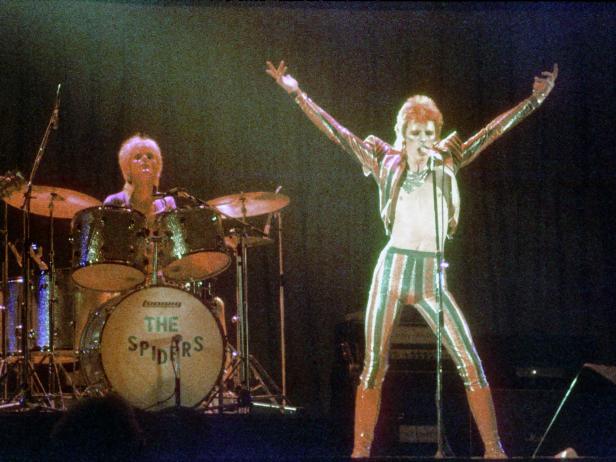
Michael Ochs Archives
David Bowie stepped into his first "official" alien persona for a concept album (and was the nazz), but he always felt like a visitor from another place. He was equally otherworldly four years later as The Man Who Fell to Earth, and poor Major Tom (from 1969’s "Space Oddity") never did sound especially broken up about drifting alone into the cosmos. Perhaps Bowie was his own planet all along.
1974: Space Is the Place
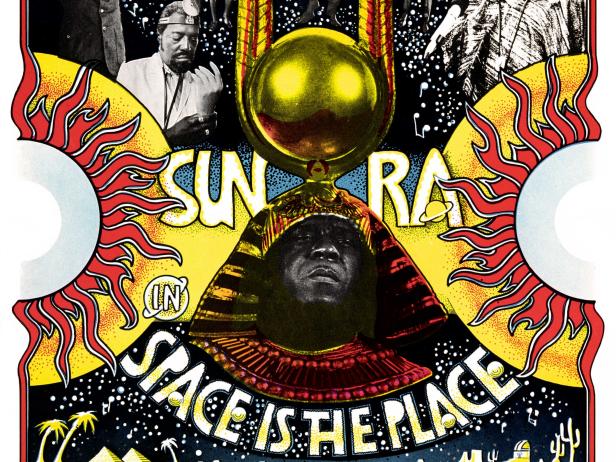
John D. Kisch/Separate Cinema Ar
Jazz legend Sun Ra began assembling “space trios” in the mid-‘50s, and by the end of the decade he and his Arkestra were wearing Egyptian robes and cosmic headpieces (which got more and more fabulous as the decades went by). He was back from Saturn, he began to say, and just visiting Earth—and Space Is the Place, both the 1972 album and the 1974 Afrofuturistic space opera of the same name, made a strong case. (Who else could plausibly power a starship with jazz?) As the documentarian Jez Nelson put it, “[b]oth out to lunch and ahead of his time, he was a brother from another planet.”
1977: Saturday Night Live
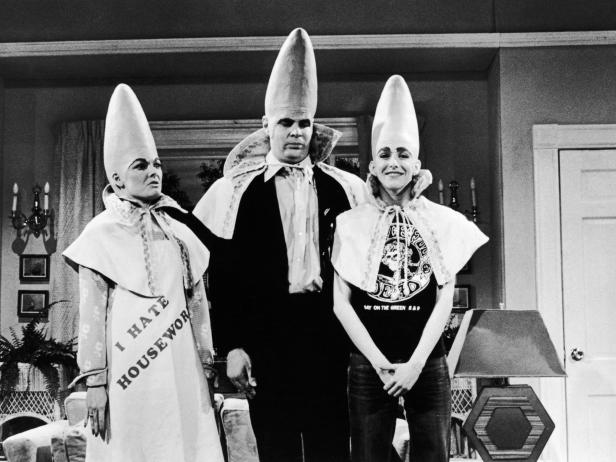
Warner Bros.
SNL’s Conehead family of Earth visitors, on the other hand, always maintained they were from France. Despite the six-packs and fried eggs they gave trick-or-treaters, their “consumptions of mass quantities” and, you know, their heads, the neighbors never suspected a thing. They were American heroes, really: The “Conehead Line” on Team USA’s hockey squad eventually won Olympic gold after the “Miracle on Ice” in 1980, Frank Zappa (who played daughter Connie’s love interest when he hosted SNL) recorded “Coneheads” in 1981 and Dan Aykroyd appeared as Beldar in Cyndi Lauper’s 1983 “Girls Just Wanna Have Fun” video.
1977: Close Encounters of the Third Kind
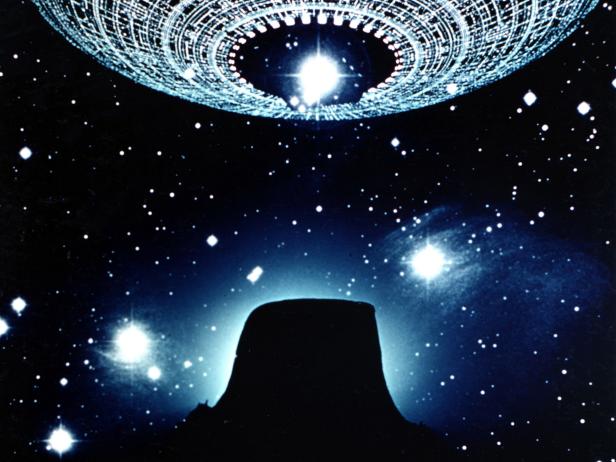
Sunset Boulevard
A close encounter of the third kind, as defined by astronomer/professor/ufologist J. Allen Hynek (who advised the U.S. Air Force), involves human observation of an alien being. Close Encounters of the Third Kind, as written and directed by Steven Spielberg and scored by John Williams, is a cultural juggernaut that propelled a disco treatment of its five-tone alien-contact sequence to No. 13 on the Billboard Hot 100 chart and probably made it permanently weird for Richard Dreyfuss to eat mashed potatoes in public.
1978: Mork & Mindy
Mork & Mindy’s cultural DNA is a glorious tangle: Director Garry Marshall’s Star Wars-loving son wanted to see a sitcom with an alien. Marshall remembered a similar cameo on The Dick Van Dyke Show, so a character named Mork—clad in an old Star Trek uniform—appeared on Happy Days and eventually earned his own spinoff. How did Robin Williams land his breakout role as the rainbow-suspender-loving, egg-piloting Orkan? As Marshall recalls, “He was the only alien to audition.”
1982: E.T. The Extra-Terrestrial
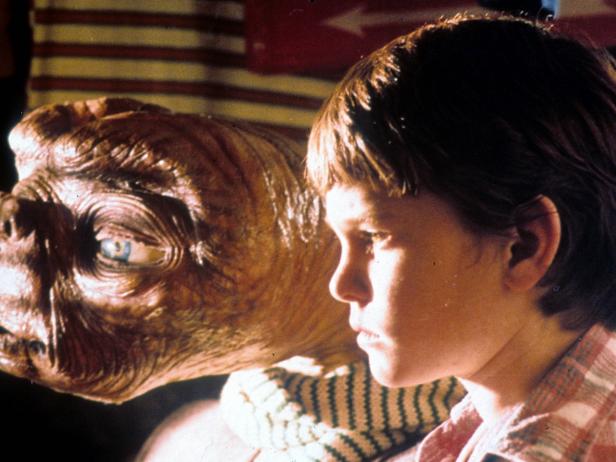
Archive Photos
Who knew a wrinkled brown alien modeled after Carl Sandburg, Albert Einstein and a pug (with a voice created by combining 15 speaking voices, the snarfling of the sound guy’s sleeping wife, a burping film professor, raccoons, sea otters and horses) could make a generation of children projectile-cry? Director Steven Spielberg apparently did: He reportedly asked child actor Henry Thomas to think of his dead dog as he auditioned for Elliott and filmed most of the movie at his young actors’ eye level. Genius and ruthless, Spielberg. Pass the Reese’s Pieces.
1986: ALF
Four years after E.T. made Elliott’s bike fly and tripled Reese’s Pieces sales, Gordon Shumway followed a radio signal from Melmac to Earth, crashed in a garage in the San Fernando Valley and joined the Tanner family as ALF (Alien Life Form). ALF’s fondness for cats (as a foodstuff) was downplayed as the sitcom wore on—particularly after NBC reported that he inspired a child to put a cat in a microwave—but he remained slovenly, sarcastic and generally unbearable. A furry king of cameos, he was also a semi-regular celebrity on Hollywood Squares, a color commentator at the 1989 Macy’s Thanksgiving Day Parade, and a spokesalien in a PSA for the Department of the Interior. Why ALF, America?
1987: Out of This World
Out of This World’s alien race posed its greatest threat to ‘80s-era TV viewers in the form of its theme song, a variation on the Oscar-winning pop standard “Swingin’ on a Star” that threw shade on them (“An Earthling’s a creature who’s as plain as can be / He’s not as unique as you or me”), then rattled around in their heads for, ugh, the next three decades. Evie, the show’s half-alien teen heroine, uses her abilities to freeze time and "gleep" matter into existence primarily to survive the horrors of puberty in California, which is understandable.
1988: Earth Girls Are Easy
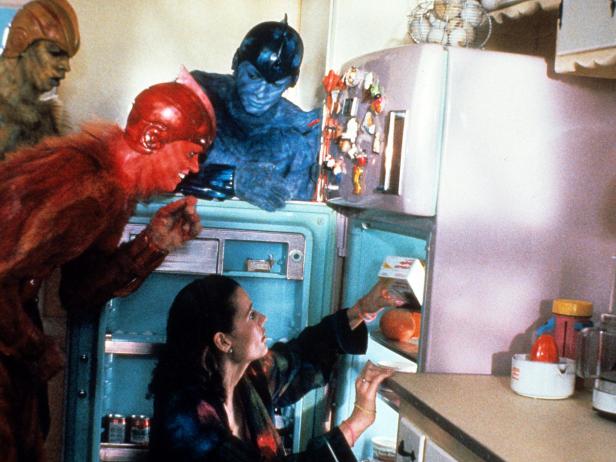
Archive Photos
Based on a Julie Brown song (that’s Just Say Julie Brown, not Club MTV’s Downtown Julie Brown), Earth Girls Are Easy posits that extraterrestrials who crash-land in your pool are the perfect lovers once you shave them. Lonely human manicurist Valerie (Geena Davis) is so taken with alien Mac (Jeff Goldblum) once he loses his unsightly blue fur that she follows him back to his home planet, for love is a many-splendored thing.
1990: The Simpsons
Tentacled regulars Kang and Kodos seemed benevolent in their debut (Season 2’s "Treehouse of Horror" Halloween special): The Rigellians looked scary, but they just wanted to prepare the Simpsons delicious food (and then were disgusted by their gluttony). They settled into plots to torment/subjugate/destroy the Earth in future seasons, and even ran for president in 1996 by impersonating Bob Dole and Bill Clinton. These days their villainy is largely unquestioned, though we do know they’ll never eat the Simpsons—human consumption would be fatal to Rigellians, they say, since our diets are so bad.
1993: The X-Files
Monsters of the Week starred in more than two-thirds of The X-Files’ 200-plus episodes, but Mulder’s beloved, beleaguered I WANT TO BELIEVE head shop poster kept the show’s A-plot front and center throughout the series: It was all about the aliens (and, OK, the heroes’—plural—quest they catalyzed). In 2013, a fan asked David Duchovny and Gillian Anderson what sort of apps Mulder and Scully would have on their phones. "Uber-alien," Duchovny replied. "What's the app called Grindr? What if it were to help you find aliens? An Alien Grindr."
1996: 3rd Rock from the Sun
An extraterrestrial quartet (John Lithgow, Joseph Gordon-Levitt, French Stewart and Kristen Johnston) from a galaxy on the Cepheus-Draco border pose as humans in a fictional Ohio town to report on actual humans like Jane Curtin (who played SNL’s Conehead matriarch). Taking on our physical forms, emotions and needs without any concept of what they mean sounds like a daunting task, but let’s be honest: Most of us aren’t especially clear on what they mean, either.
1996: Independence Day
Alien invaders with malice on their minds had a tough row to hoe in the mid-‘90s, when Will Smith came into his own as a science fiction action hero. Hover over Earth in city-sized ships, scour it of humankind, strip its resources—simple, right? Oh, aliens. Smith’s character had a lot of help saving the day, but as a general proposition, it’s best to steer clear of his home planet when your intentions are impure.
1996: Mars Attacks!
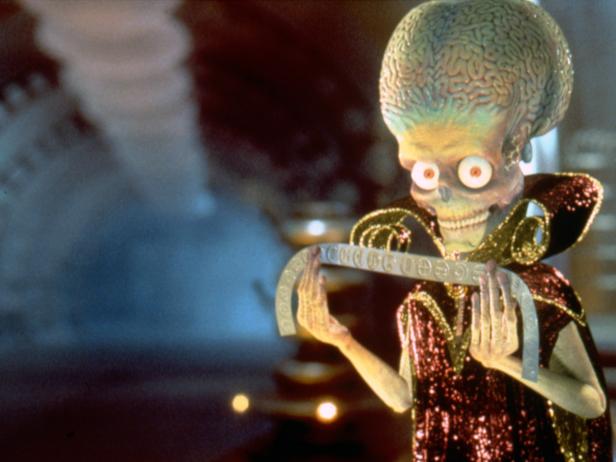
Sunset Boulevard
The ETs in Tim Burton’s parody of classic B movies exterminate a dove, most of the U.S. government and the president himself, then begin defacing the planet for kicks. Their domination seems assured until the crucial discovery that their heads explode when they hear Slim Whitman’s “Indian Love Call,” which the military broadcasts around the world to devastating effect. The Martians might have known, like the pompous Antareans of Out of This World, that old songs can be deadly, but alas.
1997: Men in Black
In Men in Black’s version of alien-human relations, refugees from outer space have lived in relative harmony with us for decades—somewhere other than California, for once—and an extragovernmental agency keeps them secret and on their best behavior. It works pretty well until Will Smith joins said agency as Tommy Lee Jones’ partner ... and then it works really well, and many originally-extraplanetary evildoers are toast. Seriously: Steer clear of that guy.
2016: Arrival
The visiting race in last year’s Arrival wants our help (with difficulties they’ll have 3,000 years from now) and wants to offer us theirs in return. Like Doctor Who's brave, gentle Time Lords, these visitors have learned from the past and the future (and Will Smith's many victories), and know that thoughtful cooperation is in everyone's best interest. Phew.
What and who else could be out there among the stars? Head to discovery+ to explore more out-of-this-world programming.


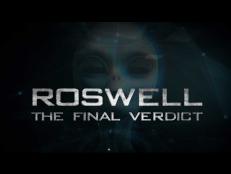
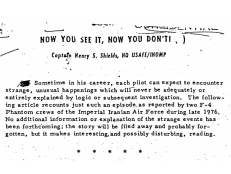
![A UFO spotted by a U.S. Navy jet. [via AP Images/Department of Defense]](http://travel.home.sndimg.com/content/dam/images/travel/fullset/2021/07/AP21154653187711-ufo-sighting-070121.png.rend.hgtvcom.231.174.suffix/1625173278529.png)
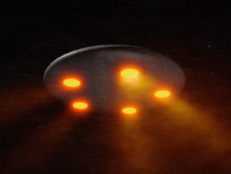
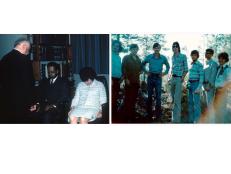
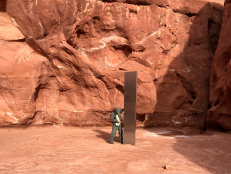
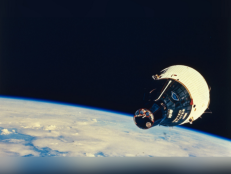
![A "UFO Detecting Device" was discovered in a New Jersey State Park, and was successfully “disarmed" by park police. [via New Jersey State Park Police]](http://travel.home.sndimg.com/content/dam/images/travel/fullset/2021/08/new-jersey-ufo-detector-082521.png.rend.hgtvcom.231.174.suffix/1629914155983.png)















.jpg.rend.hgtvcom.231.174.suffix/1674758726773.jpeg)











